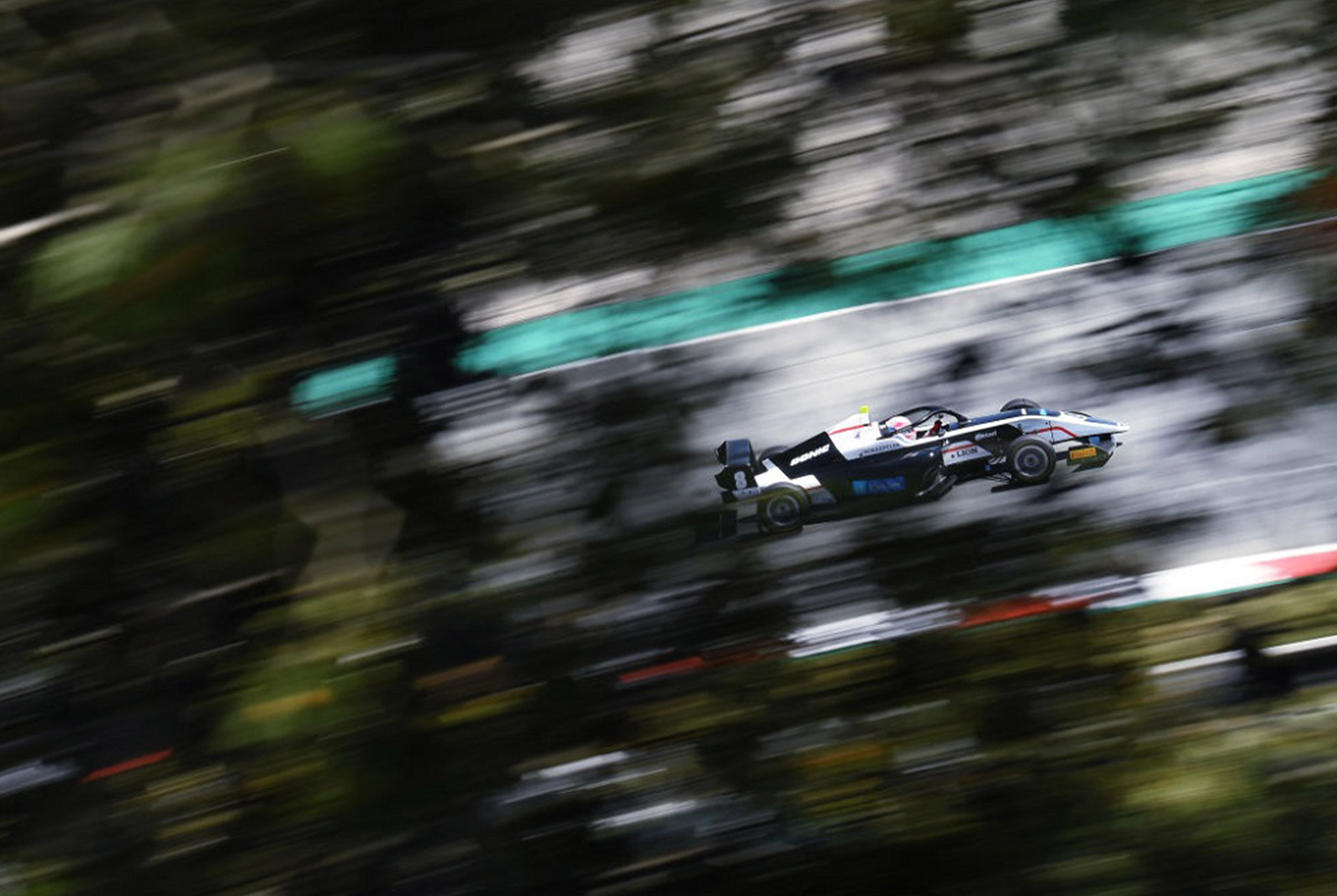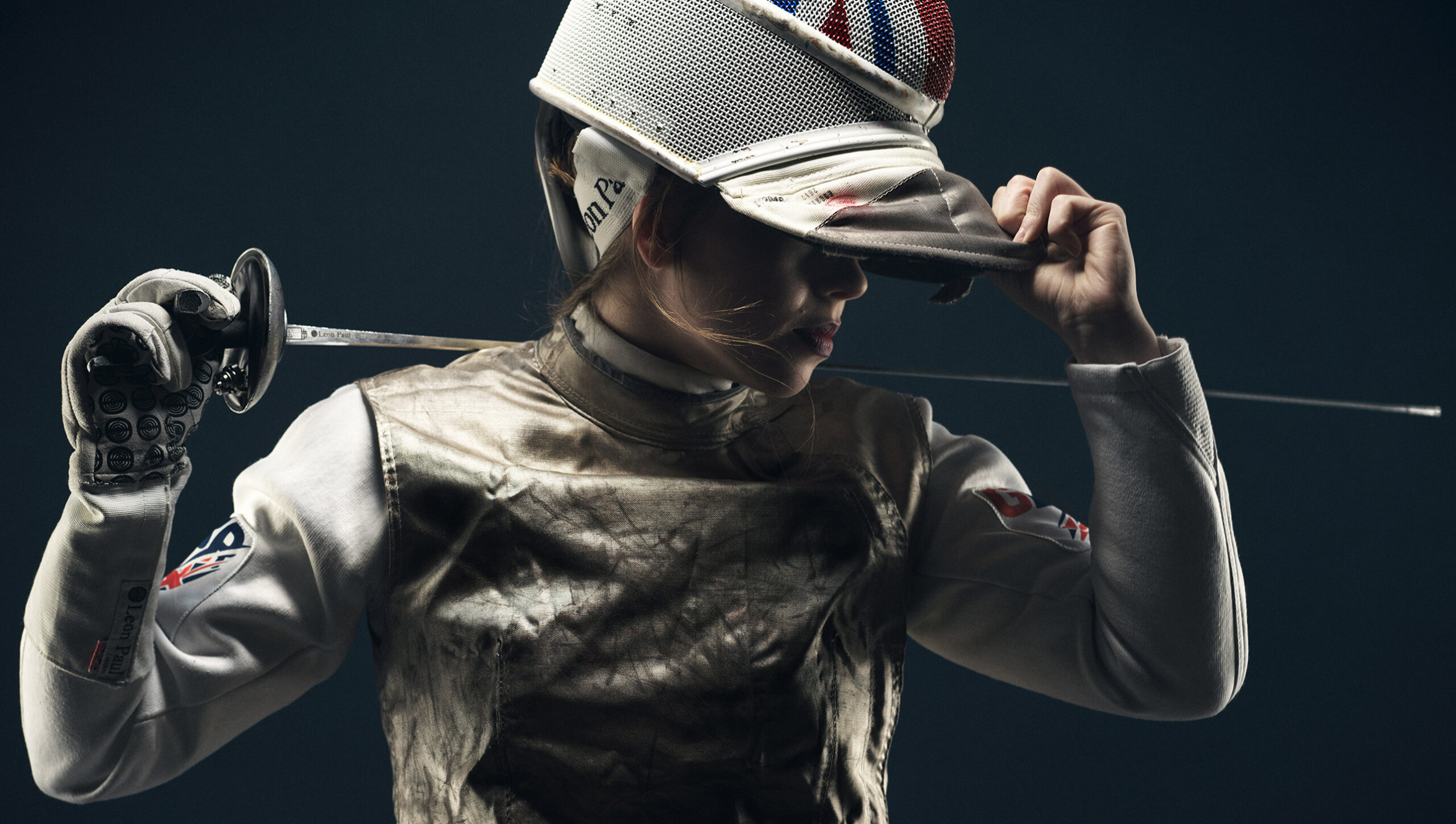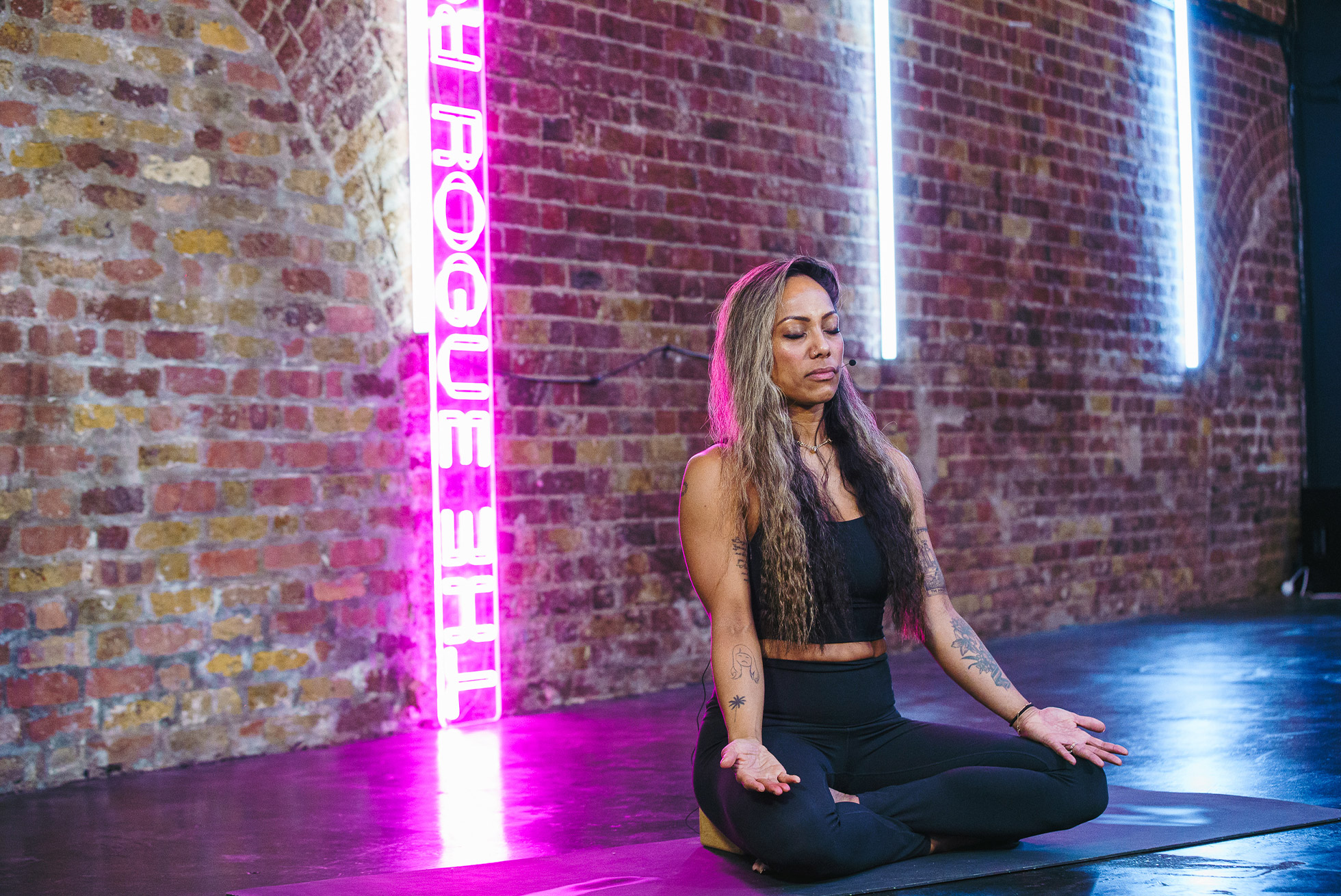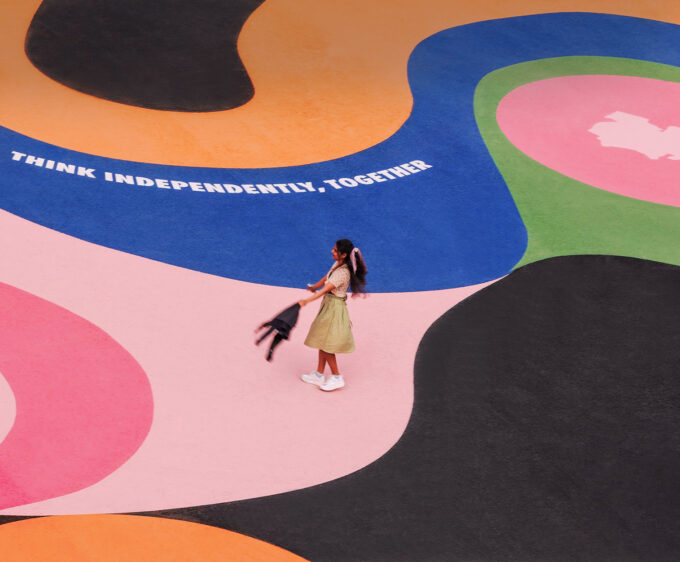
The Business Of Women’s Sport
Welcome to the first Glorious ‘Edition’! Ever wondered who’s working behind the scenes of the sports industry? So did we! That’s why we’re excited to bring you this Glorious Edition that explores the business of sport. Here our Editor Alison Root considers the evolving landscape
By Alison Root
This month, we’re dedicating each week to a topic that matters to the Glorious woman, from community and family to sex and power; through a sports-centric lens.
We’re kicking off this week with the Business of Women’s Sport, shining a spotlight on the women behind the scenes who are breaking barriers and pushing boundaries to help change the face of sports.
Meet the sports agent negotiating groundbreaking deals, the business owner navigating a partnership with a sportswear giant, the experts revolutionising sports marketing, the photographer documenting untold stories, the artist partnering with luxury brands and the women making strides in motorsport. We’re exploring the changing landscape of women’s sports and celebrating the incredible achievements of these trailblazers and tastemakers.
So, whether you’re an athlete looking to break into the industry, or simply a sports enthusiast interested in behind-the-scenes action, join us for this deep dive edition into the business world of women’s sport!

What image do you conjure up in your mind for the term sport business? Is it sell-out crowds, advertising hoardings, sponsorship and brand deals, or perhaps it is people working in the sport industry? Yes, a variety of images will spring to mind because the term goes way beyond just what happens on a pitch, track or court. Sponsorship, advertising, and media are critical dimensions involved in making it the billion-dollar global industry that it is today. But are women receiving a fair piece of the pie? This week, our stories offer a fascinating insight into the business side of women’s sport and what we can expect in the future.
For decades, sports have been dominated by men. Opportunities for women have been few and far between, and those that did exist often faced discrimination and limited support. But we can confidently say that women’s sport has been gathering momentum over recent years and things have begun to change.
The Lionesses’ historic victory over Germany in the UEFA Euros final last year sent women’s sport soaring into a new era. A record breaking 17.4 million people watched the final live with a further 5.9 million streaming the game. Off the back of this, the Women’s rugby World Cup in New Zealand was another brilliant spectacle and pulled in record crowds, yet this number was exceeded last weekend at Twickenham with an audience of just under 60,000 watching England v France in the women’s Six Nations.
Off the back of sporting success, Sports agent Robyn Tallis featured in this edition discusses the importance of visibility, which in turn helps to increase participation. Robyn says, “The trajectory of women’s sport is definitely getting bigger and better. If I look back to when I was playing for Aston Villa, one of the reasons I stopped playing football was because I couldn’t envisage a career. The fact that there are a lot more role models within women’s sport can only be a good thing in encouraging more young girls to participate. If young women can see that there is a career in their chosen sport, they’re more likely to stick it out and hold onto the passion and commitment required to excel.”

As an example, and to demonstrate how far women’s rugby has progressed, the Rugby Football Union has forecasted that the 2025 women’s World Cup – which will be hosted in England – will provide a £156 million uplift to the UK economy, and result in a 82,000 sell-out crowd at the final, compared to the 3,000 crowd at the 1991 final.
With more broadcasters showing women’s sports events that are backed up by greater media coverage, figures show that there is great appetite. Latest research from the Women’s Sport Trust showed the average viewer watched 8 hours 44 minutes of women’s sport in 2022, compared to 3 hours 47 minutes in 2021, that’s a year-on-year increase by 131%.
However, this is not just about improving visibility. For years, female athletes have had to fight for recognition and respect. The pay gap between male and female athletes has been staggering, and women’s sports have often been relegated to second-class status.

But now the world is finally recognising the power and prowess of female athletes and the business opportunities that come with it are becoming more and more evident. Companies and sponsors have begun to see the value of women’s sport, and big brands are investing in women’s teams and individual athletes at grassroots and professional level, creating a new stream of revenue. This is confirmed in our conversational piece with M&C Saatchi’s marketing experts, in which Jenny Mitton says, “Businesses are recognising that investing in women’s sports is not just the right thing to do anymore. They see it as a huge opportunity, audience-wise, and recognise the future of sport is headed in that direction.”
Visa and the UEFA Women’s Football committed to a partnership that runs until 2025. adidas sponsored players on the winning team for the FIFA Women’s World Cup in 2019 and ensured they received the same as male players. In the same year, Barclays announced its title partnership for the FA Women’s Super League – one of the biggest investments in women’s sports to date. Also, in 2020, O2 signed a landmark principal partner deal with England Rugby, committing to parity in marketing spend across the men’s and women’s teams.
In the creative world, according to artist Lois O’Hara, she has seen renewed energy among sports brands to bring creativity to the forefront and reinvigorate their brand by becoming more colourful and less rigid. When discussing her recent Porsche x TAG Heuer collaboration, she says, “Traditionally TAG Heuer is a fairly masculine brand, but the company is now trying to steer away from that image.”
But hold on, this is positive news and symbolic progress, but let’s not look at the situation through rose tinted glasses. Football and rugby are reaping the benefits of success and increased visibility, but there is still a long way to go for these two sports and heaps of others to close the gender gap, whether that’s prize money, brand sponsorships or awarding roles to women within the sport industry.
There has not been a woman driver in a Formula 1 race for more than 40 years, and whilst Susie Wolff, Managing Director of the new F1 Academy, is on a mission to help propel more women aged between 16 and 25 into the upper echelons of motorsport, the drivers featured in our Glorious article highlight the sport’s ongoing bumpy ride.
Similarly, in her interview with Glorious, sports photographer Karen Yeomans questions the genuineness of some brands. “I believe that a certain number of brands that feature female sportswomen and sports is tokenistic, but I’m hopeful that this is changing and brands are waking up to the power of women’s sports,” she says.
OPPORTUNITY

As someone that has worked predominantly in golf for several years, I have witnessed first-hand the gender imbalance between the men’s and women’s game from club level through to the professional ranks. From the inequality of golf club membership and tee times, through to the gender pay gap on the men’s and women’s professional tours. Again, great strides have been made, but let’s not kid ourselves. Back in 2019, Ladies European Tour player Meghan MacLaren posted a tweet, which has stuck in my mind as she described in black and white the sport’s gender pay gap, and it is still significantly wide today. “Two main tour events in the same country, one week after each other…”one prize fund $293,000. One prize fund $7,000,000 #spotthedifference.”
In terms of senior roles within sport, while there is still gender imbalance among top decision-making roles across international sport organisations, the appointment in 2021 of Clare Connor as MCC’s first female president, and earlier this year, the announcement of Debbie Jevans becoming Wimbledon’s first ever female chair, as well as an increase in the number of female entrepreneurs entering the sport industry, does show the tide is slowly turning.

We feature Rosie Hall, founder of yoga studio The Rogue Room, and like the women mentioned above, by taking on these roles, they are continuing to challenge traditional notions, break down barriers and help to change the face of sports.
The rise of social media has also allowed female athletes to build their own platforms and speak out on issues important to them. They are using their voices to advocate for change and to inspire young girls to pursue their own athletic dreams.
In conclusion, the future of women’s sport is bright, but there is still much work to be done. Female athletes, as well as women working in the industry, continue to challenge stereotypes and break down barriers, and their inspiring stories serve as a testament to their strength and determination. Whether you’re a fan or a player, there’s no denying the amazing impact that women’s sport is having on the sporting world as a whole.

Editorial Design by this is root




